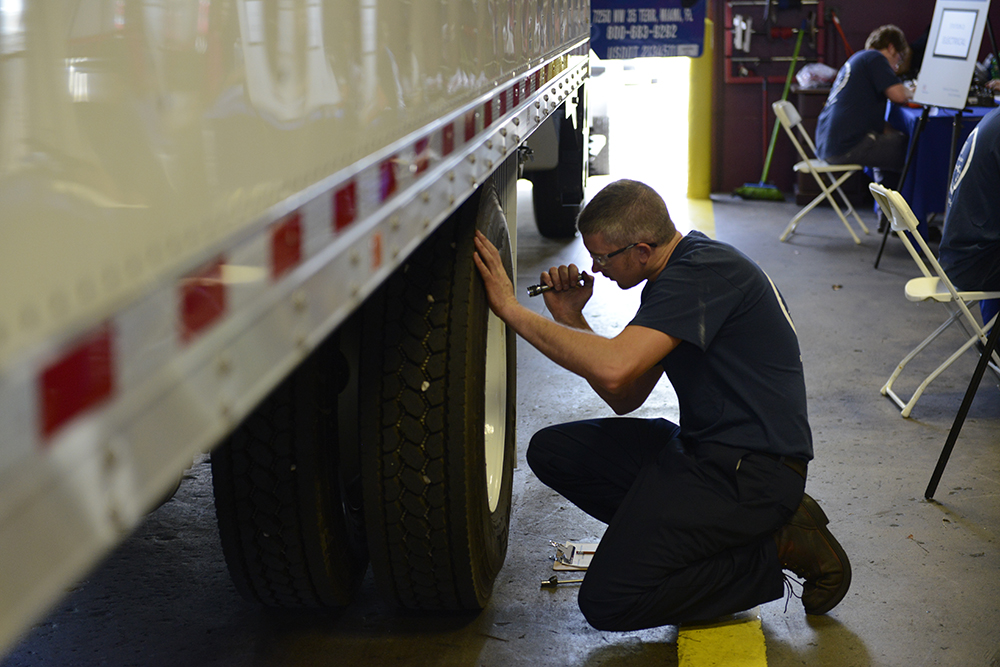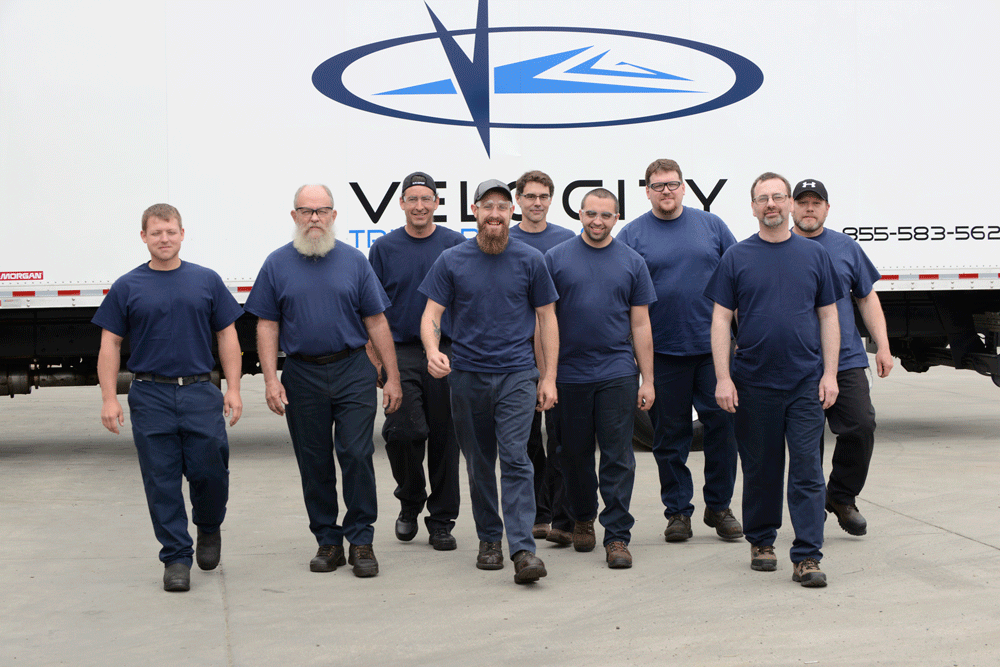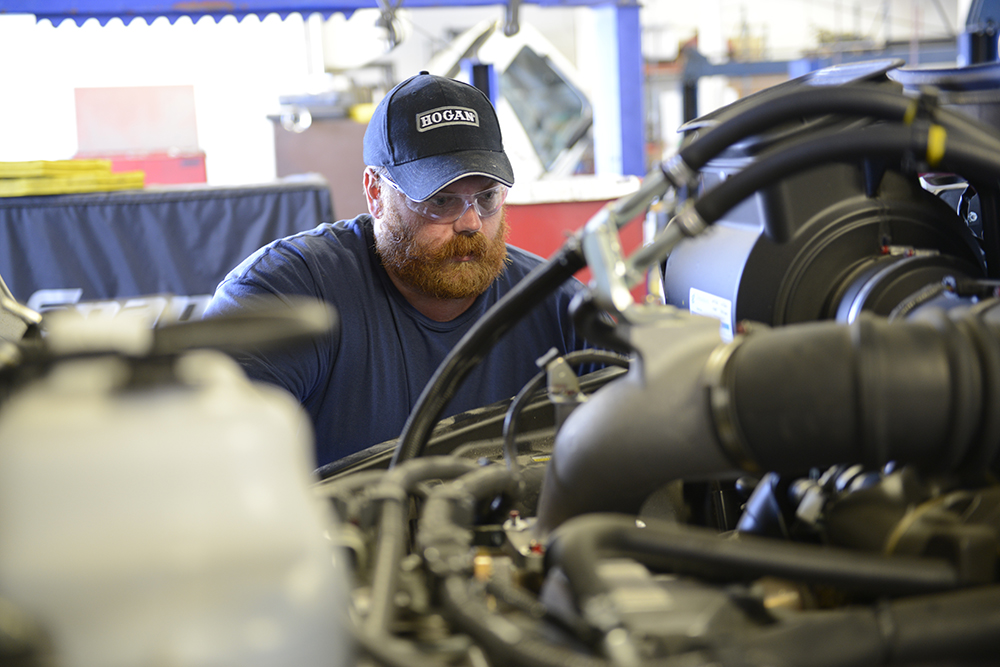When it comes to the diesel technician shortage, the trucking industry is looking for ways to reverse the trajectory. Maybe a new image is in order.
I recently wrote a two-part IdeaXchange blog, “Best practices for recruiting technicians,” which dealt with the technician shortage that is so alarming for our industry. Part 1 deals with the recruitment issue; Part 2 is about retention. Both of them address the necessary and practical approaches, from appropriately checking references and conducting interviews as a mutual communication process for the hiring of a qualified candidate to the use of a buddy system for onboarding new hires and giving recognition to existing employees.
The steps I address in the blogs are all commonsense steps; yet even if we follow all of them, we still are looking at a significant shortfall for the trucking industry. According to a new study from the TechForce Foundation, the demand for diesel technicians far outweighs the supply. The Bureau of Labor Statistics estimated a demand in 2016 for 28,300 new technicians. Yet only 11,966 graduated from postsecondary institutes as diesel technicians. Unlike over-the-road truck drivers (where the shortage is ongoing and truly dire), diesel technicians don’t have to spend days away from family; they don’t need to worry about HOS and ELD regulations; and they aren’t subjected to roadside inspections.
So what’s the problem? Why aren’t millennials, especially those who choose to not attend college, looking at the position of diesel technology as a career? The salary and benefits are usually competitive and, as I said above, the job entails none of the hardships often cited by millennials as to why they are not interested in becoming over-the-road drivers. Studies have shown that millennials respond to different incentives than prior generations. Although salary and benefits still matter, perks are often just as important, including more flexible work schedules, an ability for advancement, and continuous on-the-job training.
What most distinguishes millennials from their predecessors is their connection to and reliance on technology. And that’s where the industry stands the best chance of attracting this group. It is unfortunate that for so many people, the image of a diesel tech is still that of someone covered in grease and holding a wrench. Today’s intricate and intriguing truck technology can help transform that image if the industry, associations, companies and trade institutes focus on the technology part of the equation.
Remember, this generation of men and women (and we should try attracting both) are never without their digital devices; they are reliant on technology and social media to a degree many of us find difficult to comprehend. They are more likely to look at an organization that has the latest technology, so it makes sense for companies to invest the most up-to-date technology for their shop floor. Companies should consider promoting the “cool” aspects of their technology on social media sites like Instagram, Facebook, and Twitter with videos and highly professional imagery which you should also utilize at job fairs, while still continuing to use sites like LinkedIn and Indeed for job openings.
Changing people’s attitudes and viewpoints is never an easy task, but if we are going to persuade a younger generation to look at becoming a diesel tech as a smart career move, we must appeal to their attraction to technology in our efforts. That doesn’t mean you don’t take the necessary steps I outline in my IdeaXchange blogs to recruit and retain qualified candidates. You definitely need to continue doing this; however, in an increasingly competitive employment environment, we well may have to go that extra step for a diesel tech image makeover.





